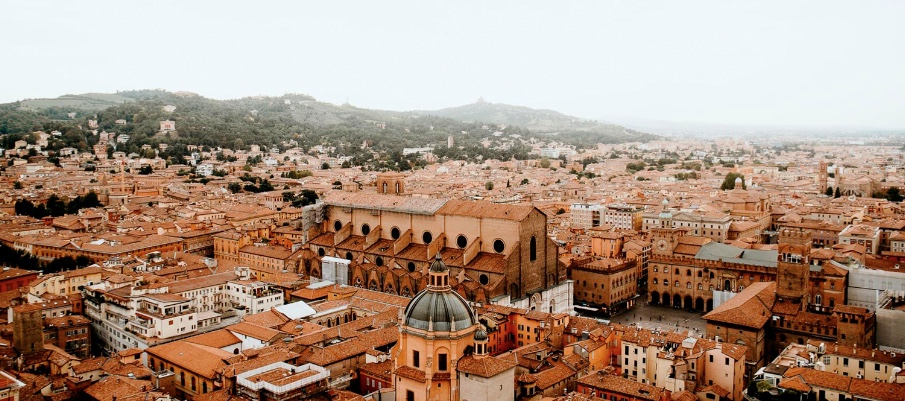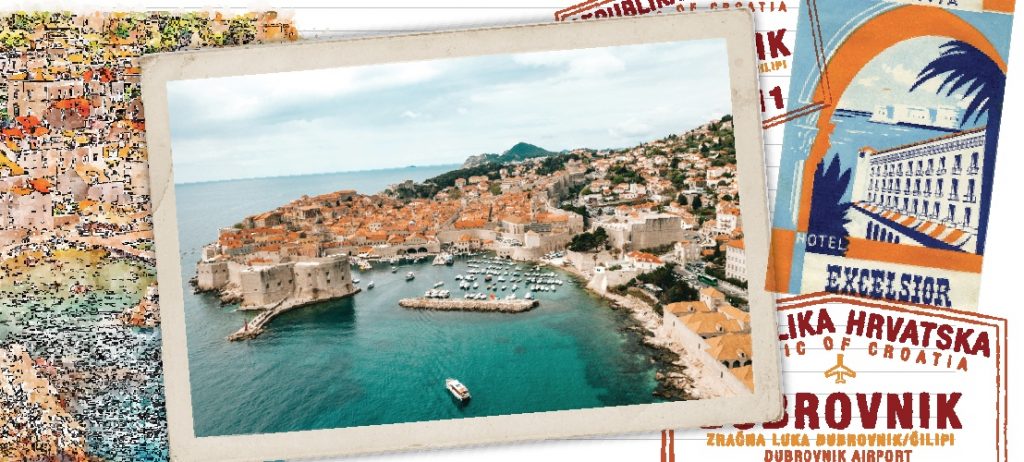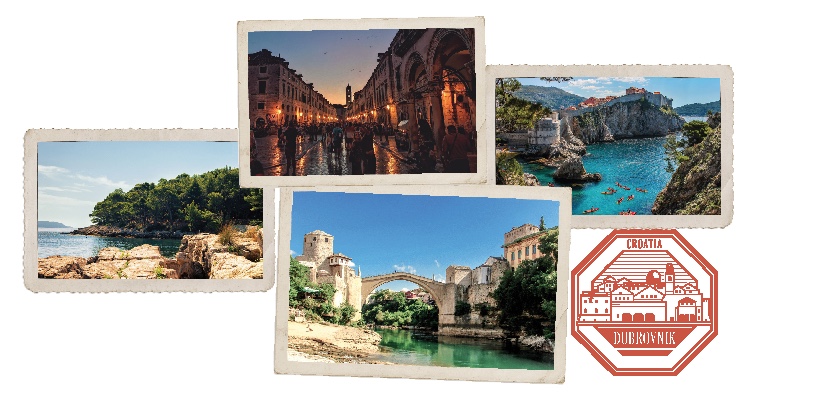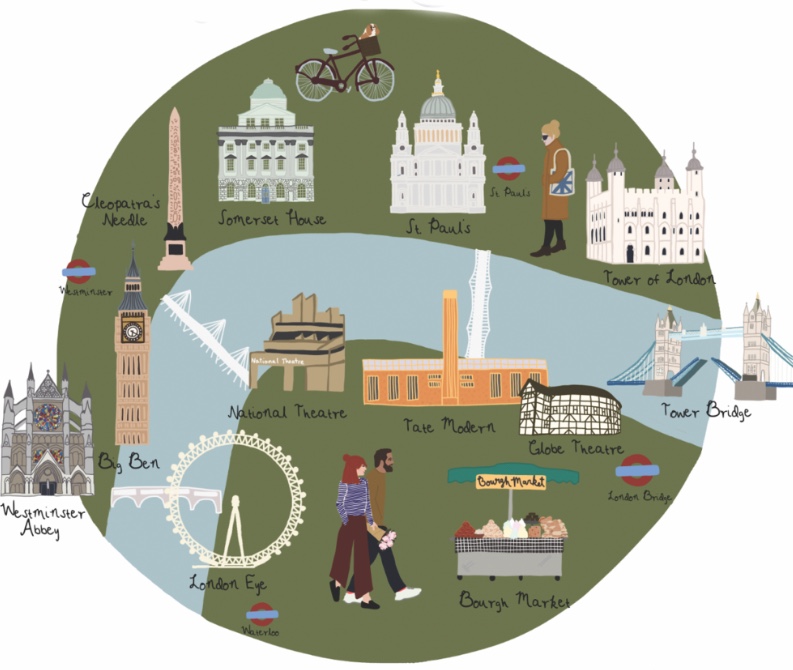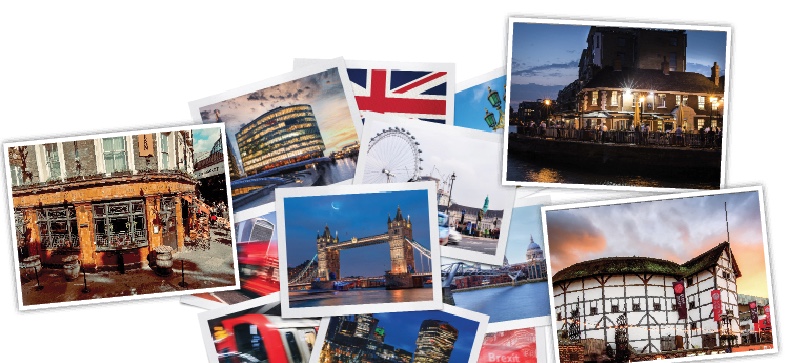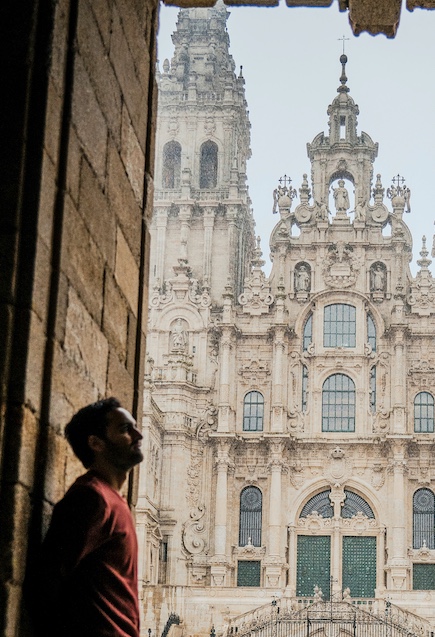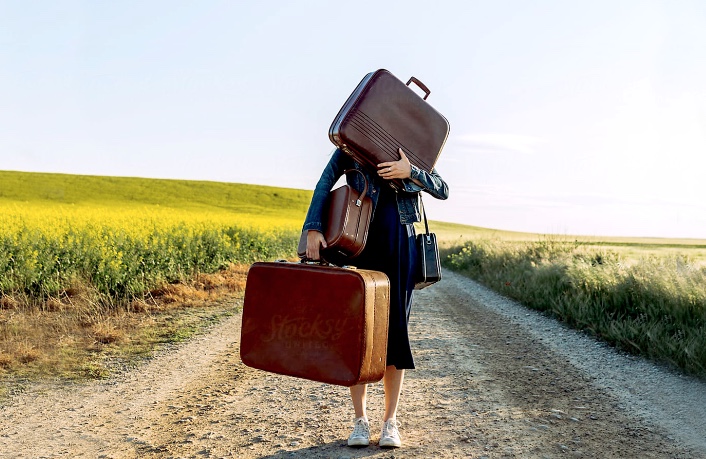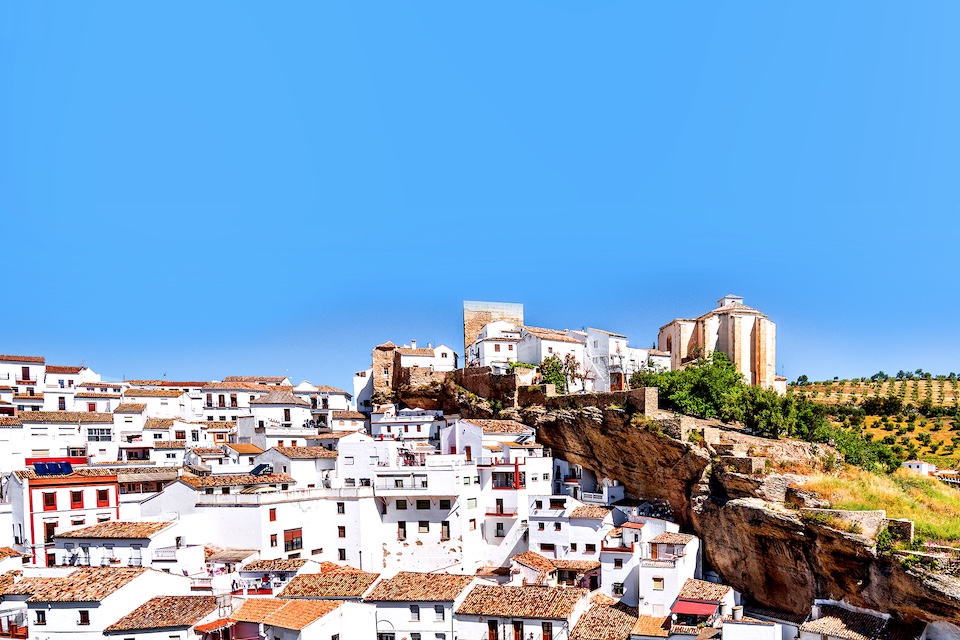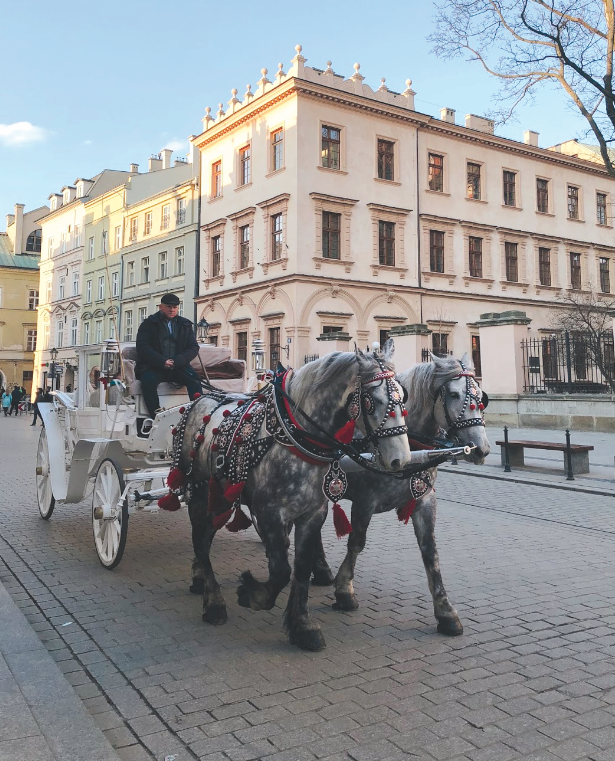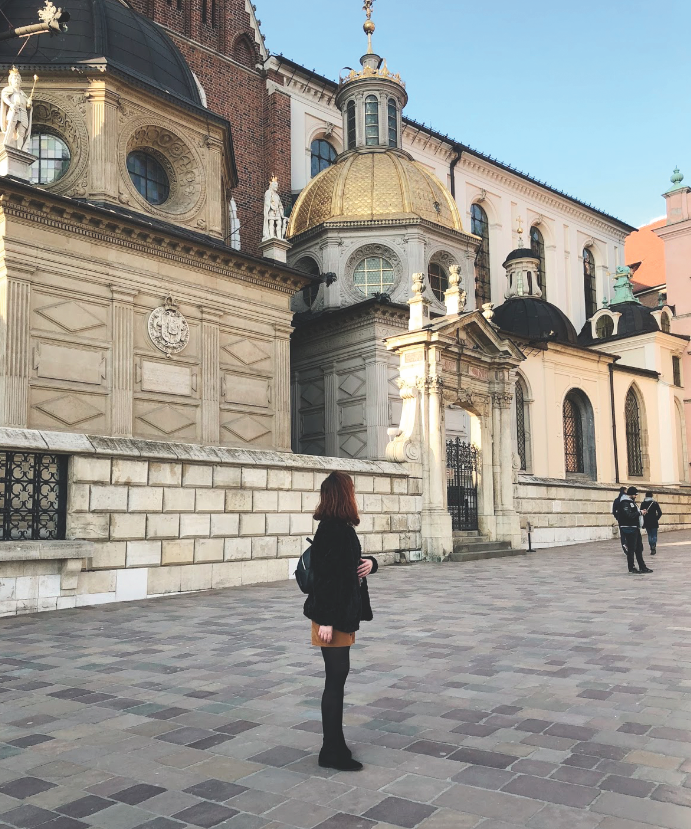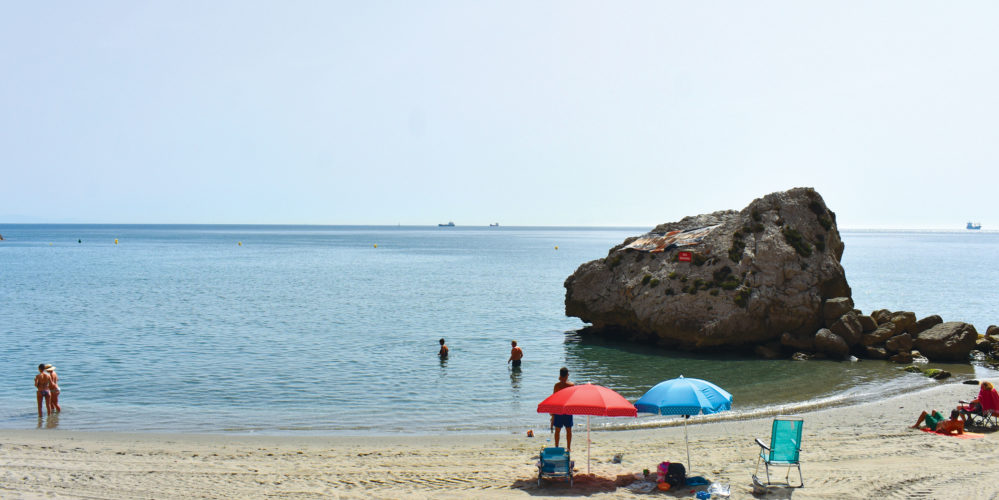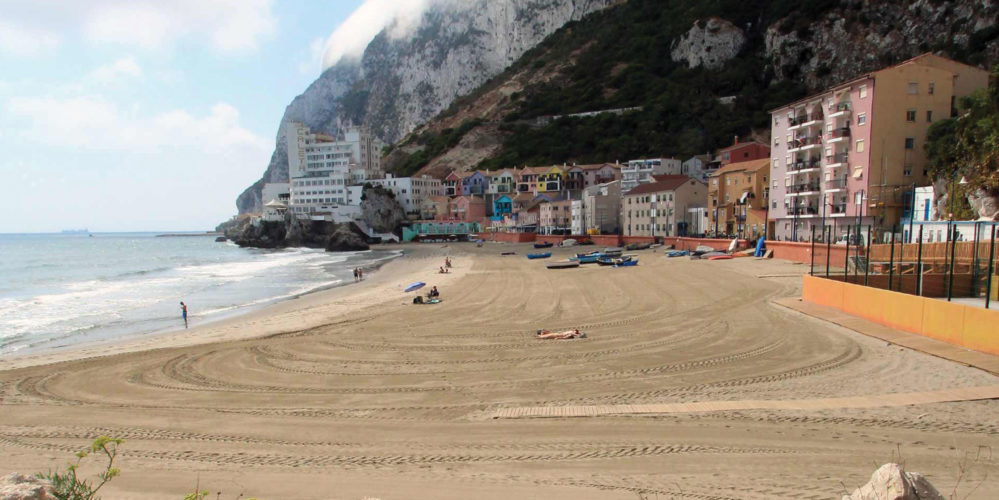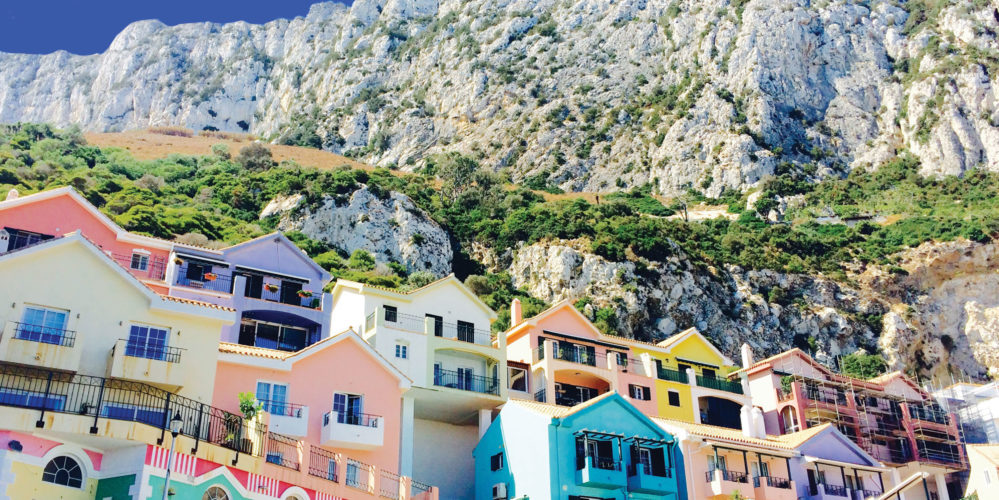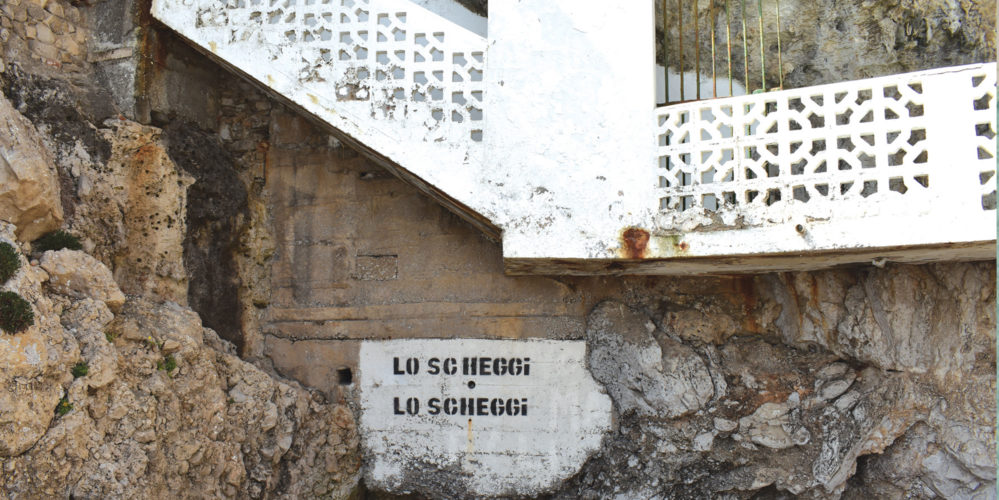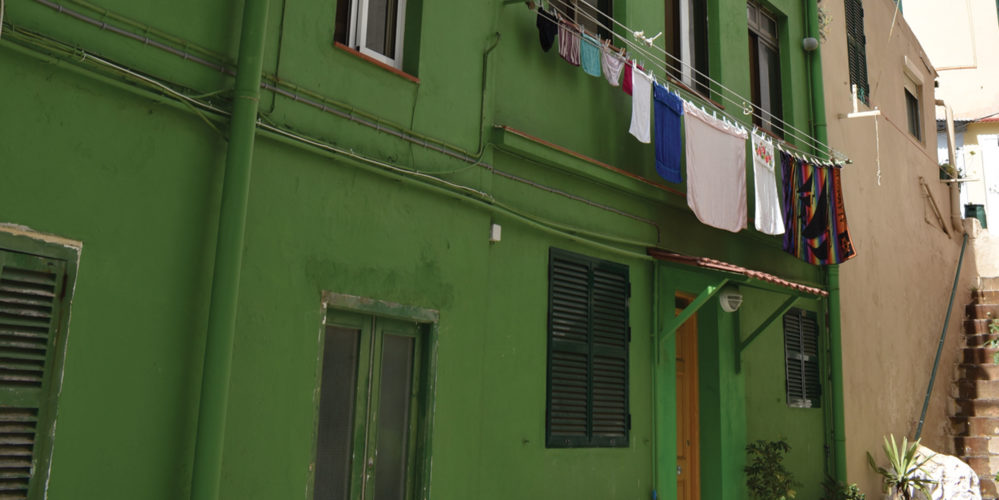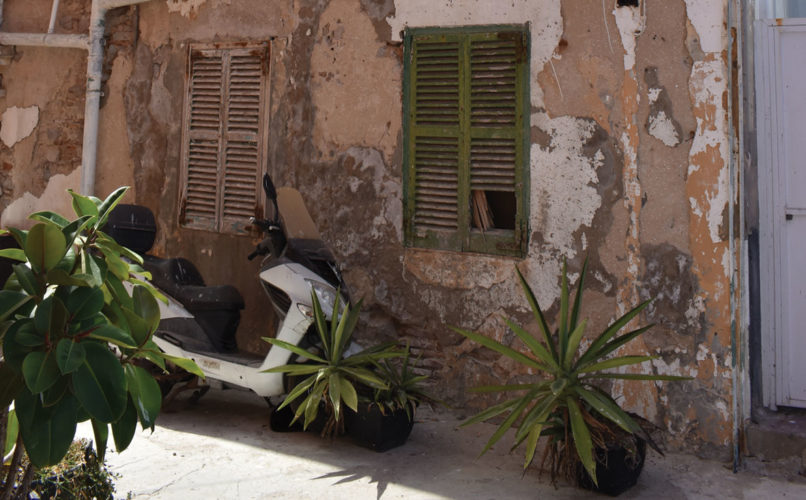Top of the Rock
It was a beautiful Sunday morning and a perfect one for the MH Bland Doing Good; Top of the Rock Walk in aid of Cancer Research UK and Stick it to Sarcoma (in memory of Joey Gabay).
Congratulations to everyone who made it to the Top and with a smile of their faces. A BIG thank you also to all the companies and organisations who supported the event in one way or another, with raffle prizes, supplies for the well-deserved Breakfast at the Mons Calpe Suite or making sure we all got to the top safely.
MH Bland are proud to have raised £2500 so far and ask the public to help raise more!
To donate please head over to MH Bland’s Just Giving Page: www.justgiving.com/fundraising/mhblanddoinggood




































